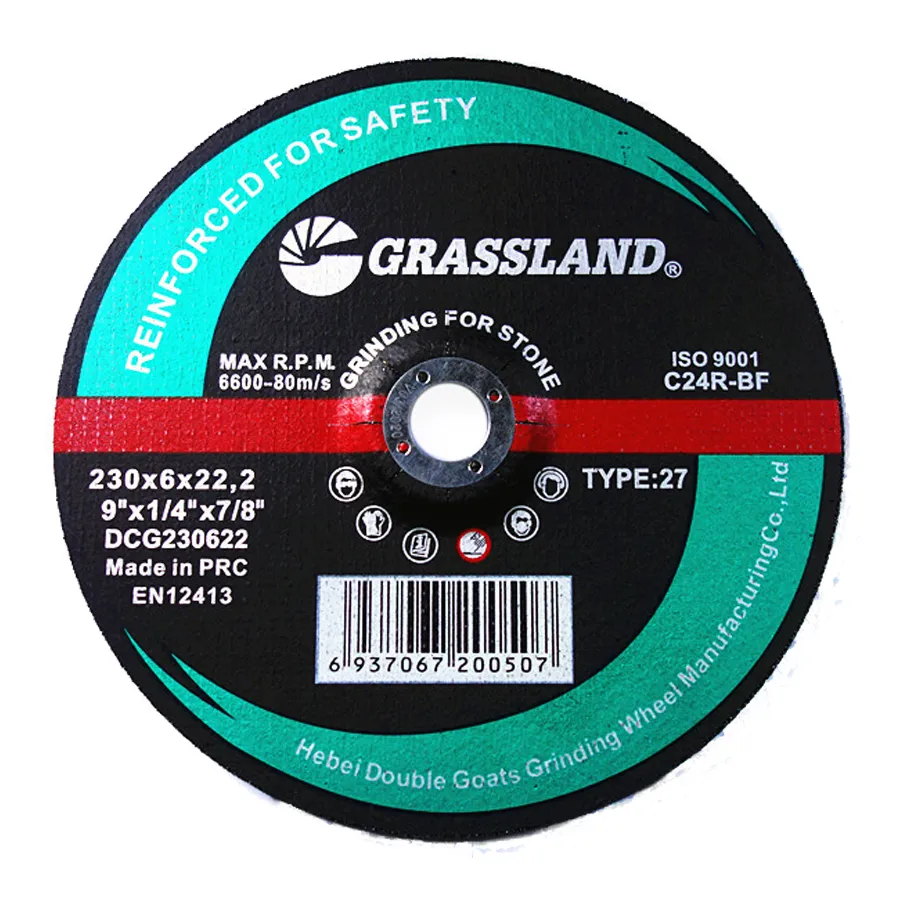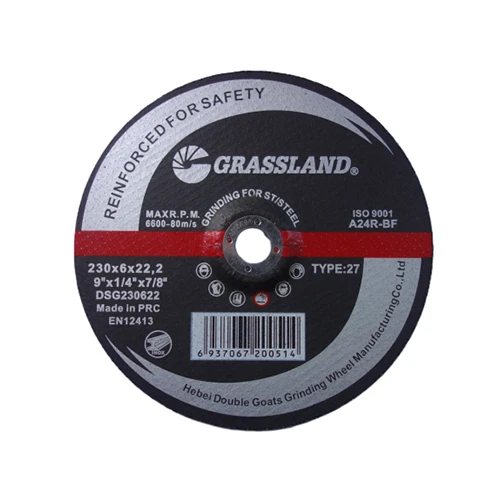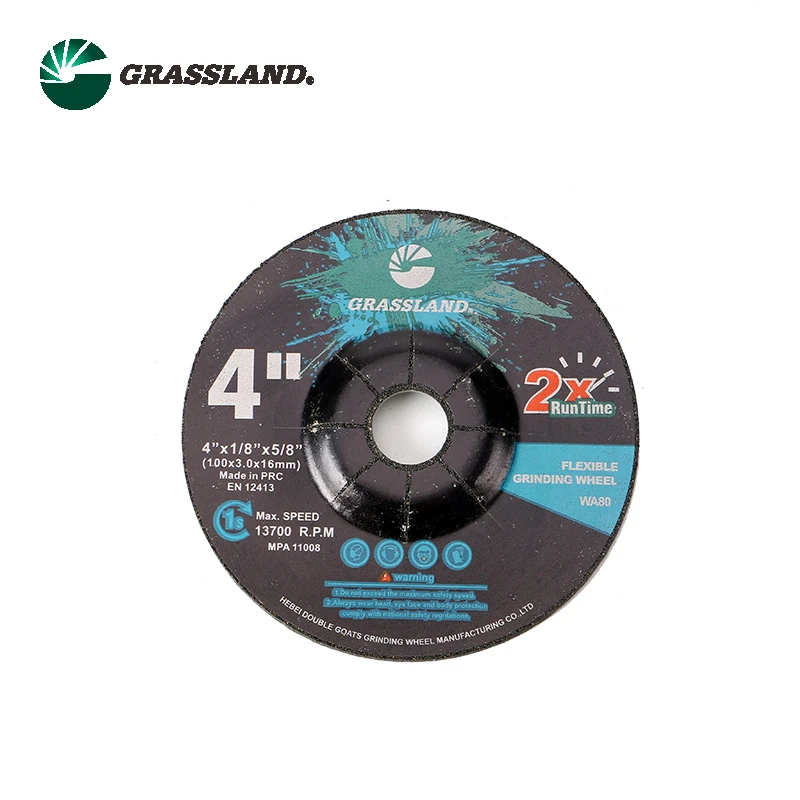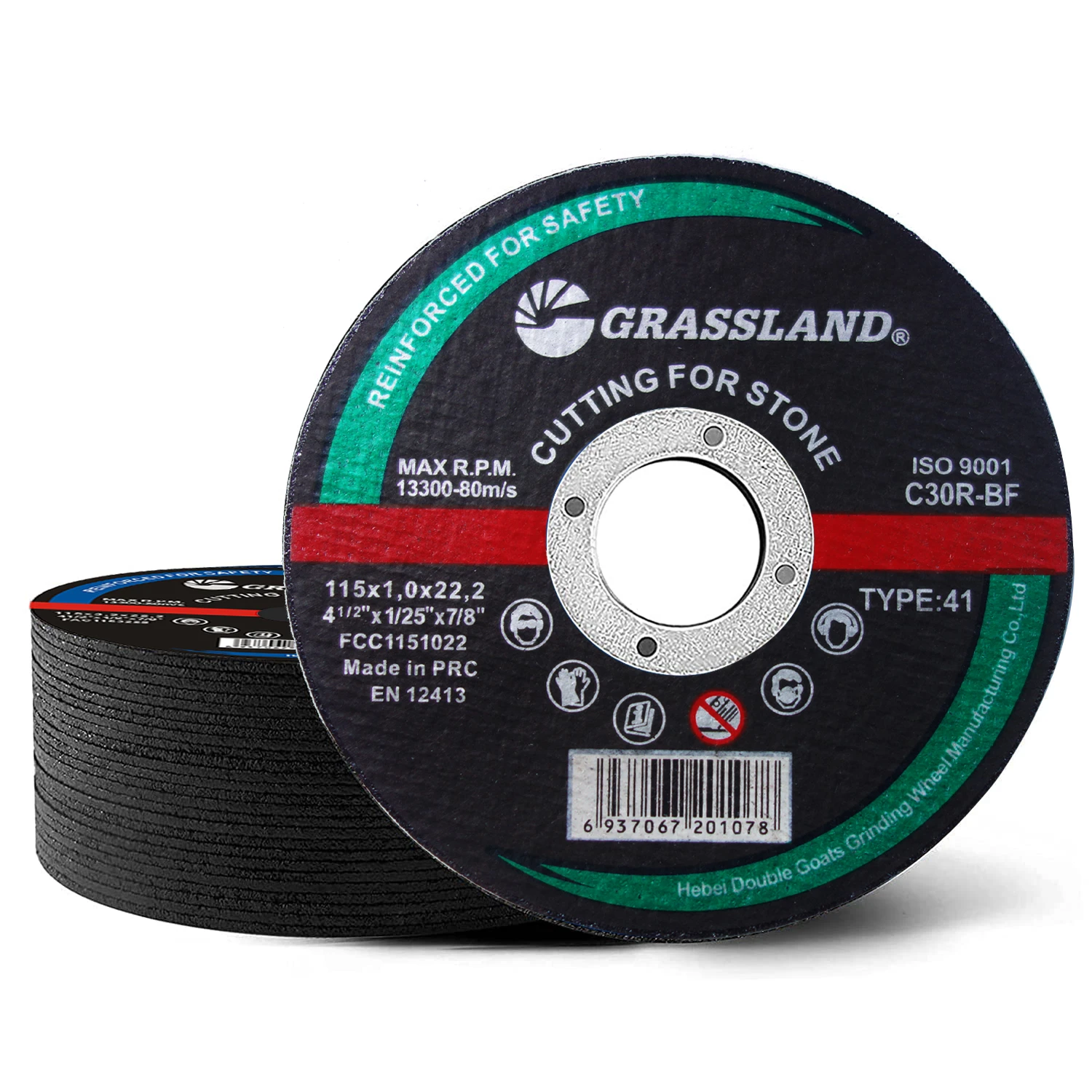When working with angle grinders, flap discs, flap wheel, and flapper wheel for grinder are among the most versatile abrasives available. They combine grinding, blending, and finishing capabilities into a single tool, making them indispensable for metalworkers, welders, and fabricators. However, improper use can lead to serious injuries, including cuts, burns, and eye damage. This comprehensive guide covers essential safety practices to ensure you get the best performance from your flap discs while minimizing risks.
Understanding proper handling techniques, selecting the right abrasive for the job, and maintaining your equipment can dramatically reduce workplace accidents. Let's explore the crucial safety measures every operator should know when using these powerful abrasives.
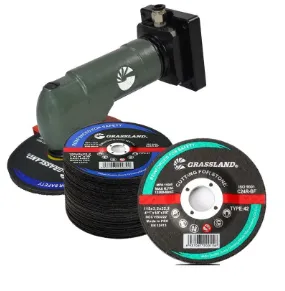
Essential Safety Gear for Using Flap Discs
Before even mounting flap discs on your grinder, proper personal protective equipment is non-negotiable. Safety glasses with side shields or a full-face shield should always be worn to protect against flying debris. Heavy-duty work gloves help maintain grip and protect hands from heat and abrasions, while flame-resistant clothing prevents burns from sparks. Hearing protection is equally important, as angle grinders with flap wheel can produce noise levels exceeding 100 dB.
A properly fitted respirator or dust mask is crucial when working with flapper wheel for grinder, as they generate significant amounts of fine particulate matter. For extended grinding sessions, consider using a powered air-purifying respirator for maximum lung protection. Steel-toe boots provide foot protection from falling tools or workpieces, and a leather apron offers additional protection for your torso against sparks and hot metal fragments.
Proper Handling and Operation of Flap Wheel
Correct handling techniques significantly reduce risks when using flap wheels. Always inspect the abrasive before use, checking for tears, uneven wear, or loose segments that could cause failure during operation. Ensure the flapper wheel for grinder is properly seated and tightened using the correct flange nut - never operate with damaged or missing flanges. Allow the tool to reach full operating speed before contacting the workpiece, and maintain a firm, two-handed grip on the grinder at all times.
Position yourself so you're not in the direct line of the flap wheel rotation, as this provides better control and reduces injury risk if the disc fails. Use the outer edge of the flap wheel rather than the face whenever possible, as this provides better control and reduces the chance of the tool grabbing the material. Never force the flap disc - let the abrasive do the work at its own pace to prevent overheating and premature wear.
Selecting the Right Flapper Wheel for Grinder
Choosing the appropriate flapper wheel for grinder is critical for both safety and performance. Match the disc diameter to your grinder's specifications - using oversized flap discs can create dangerous vibration and increase the risk of disc failure. Verify that the maximum operating speed of the flap wheel exceeds your grinder's no-load speed to prevent catastrophic failure from overspeeding.
Consider the material you're working on when selecting grit size - coarse grits (40-60) for heavy material removal, medium (80-120) for general purpose work, and fine grits (150+) for finishing. The backing plate material matters too - fiberglass-reinforced backing provides extra safety for high-RPM applications. For stainless steel or other sensitive metals, choose flap discs specifically designed for those materials to prevent contamination and overheating issues.
Workspace Setup and Environmental Safety about Flap Discs
Proper workspace preparation is essential when using flap discs or flap wheel. Ensure adequate lighting so you can clearly see your work area and identify potential hazards. Maintain a clean workspace free of tripping hazards and flammable materials that could ignite from sparks. Use clamps or vises to secure workpieces rather than attempting to hold them by hand - this allows for better control and reduces fatigue.
Position your work at a comfortable height to maintain proper posture and control - typically between waist and chest level. Be aware of your surroundings, ensuring no one is standing in the "line of fire" where sparks or debris might travel. When working indoors, use dust collection systems or work near open doors/windows with fans to ventilate airborne particles created by flapper wheels for grinder.
FAQs about Flap Discs Safety Concerns
What's the most common injury when using flap discs?
Eye injuries from flying debris rank as the most frequent safety issue with flap wheel. Always wear ANSI-approved safety glasses or a face shield, even for quick jobs. Secondary common injuries include cuts from the abrasive edge and burns from hot metal particles.
How often should I replace my flapper wheel for grinder?
Replace your flapper wheel for grinder when the abrasive segments wear down to about half their original height, or if you notice any tears, uneven wear, or separation from the backing plate. Using worn-out flap discs reduces efficiency and increases the risk of failure.
Can I use the same flap discs on different metals?
While possible, it's not recommended. Using the same flap wheel on different metals can cause cross-contamination, especially problematic with stainless steel. For best results and safety, dedicate specific flap discs to particular materials.
What angle should I hold the grinder when using flap discs?
Maintain a 5-15 degree angle between the flap discs and workpiece for optimal performance and safety. Holding at too steep an angle increases the risk of the tool grabbing, while too shallow an angle reduces cutting efficiency.
Where can I buy high-quality, safe flap discs?
Our company offers premium flap discs available. Look for products with clear safety ratings and RPM specifications matching your tools.
Implementing these flap discs safety tips will help you avoid common injuries while maximizing the performance of your abrasives. Remember that quality matters - investing in premium flap wheel from trusted manufacturers ensures better safety features and more predictable performance. Whether you're removing welds, blending surfaces, or finishing metalwork, proper technique combined with high-quality flapper wheel for grinder leads to professional results without compromising safety.
Your hands, eyes, and lungs will thank you for choosing the right abrasives and using them correctly. Stay safe and grind with confidence by following these essential safety practices every time you power up your angle grinder.
Post time:Jul - 09 - 2025







